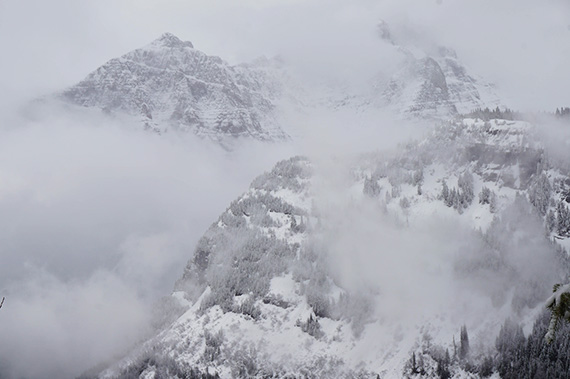Last updated: December 30, 2020
Lesson Plan
The Story of Snow

- Grade Level:
- Lower Elementary: Pre-Kindergarten through Second Grade
- Subject:
- Science,Social Studies
- Lesson Duration:
- 60 Minutes
- Additional Standards:
- NGSS K-2-ETS1-2. Develop a simple sketch, drawing, or physical model to illustrate how the shape of an object helps it function as needed to solve a given problem.
Essential Question
How does a snowflake form?
Objective
Students will be able to: List the three essential components of a snowflake (air, water, particle) and describe the events that form snowflakes.
Background
A snowflake forms when an extremely cold water droplet freezes onto a speck (pollen, dust, bacteria, etc.) in the sky. This creates an ice crystal. As the ice crystal falls to the ground, water vapor freezes onto the crystal, building new crystals – the six arms of the snowflake.
Preparation
- “The Story of Snow” by M. Cassino and J. Nelson (also available on Tumblebooks, if your school subscribes).
Materials
Download Story of Snow diagram
Procedure
- Read “The Story of Snow” by Mark Cassino and Jon Nelson to the whole group. This book is also available on Tumblebooks, if your school subscribes.
- The main text of the book explains just the basics of what makes up snowflakes and how snowflakes form.
- Additional information throughout the book provides more details about the process.
Vocabulary
Ice crystal, precipitation, snowflake, water vapor.
Assessment Materials
- Students can correctly name the three components of a snowflake.
- Draw or cut- out a snowflake that has the correct number of sides (six).
- Draw or describe the events that form a snowflake.
